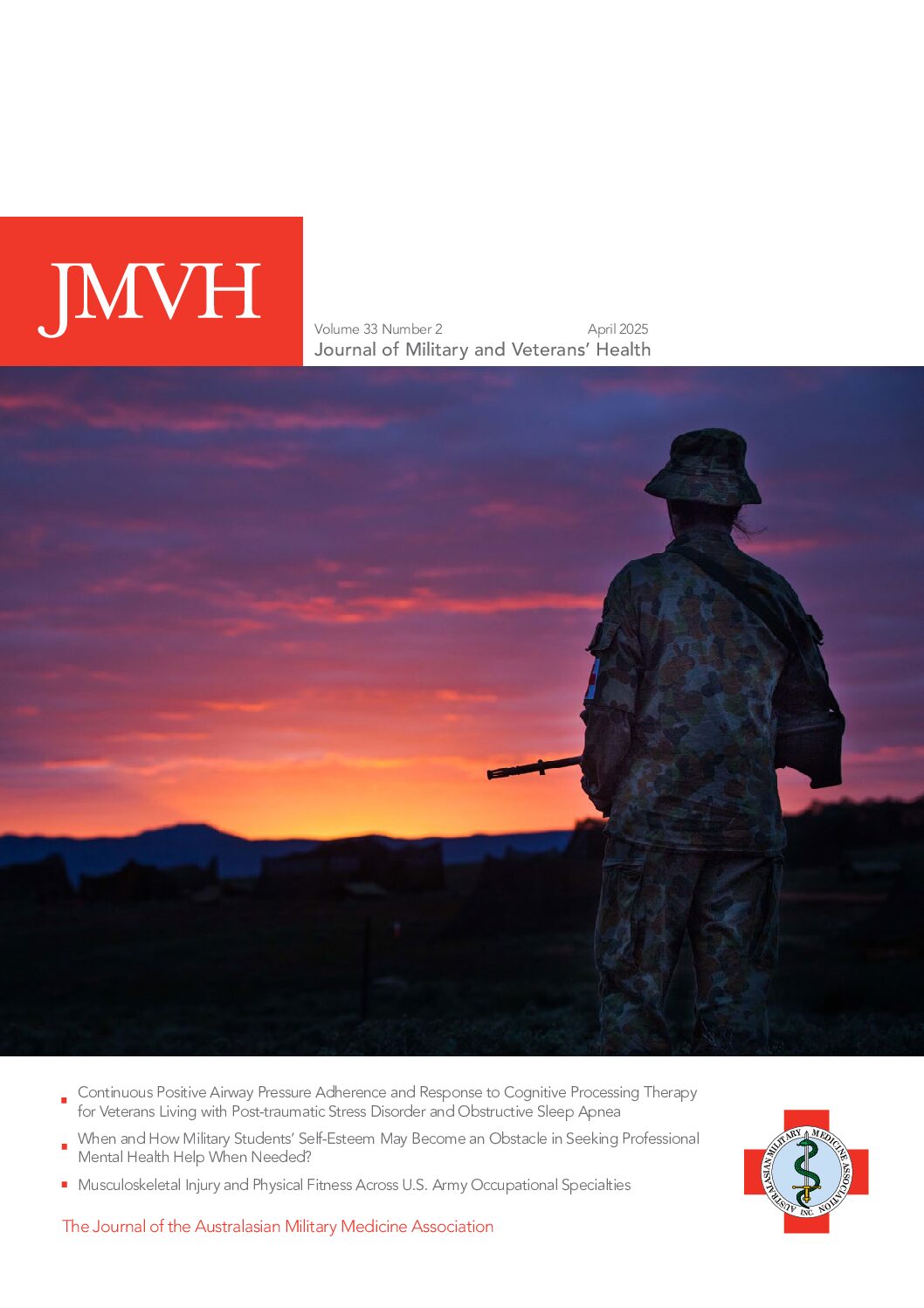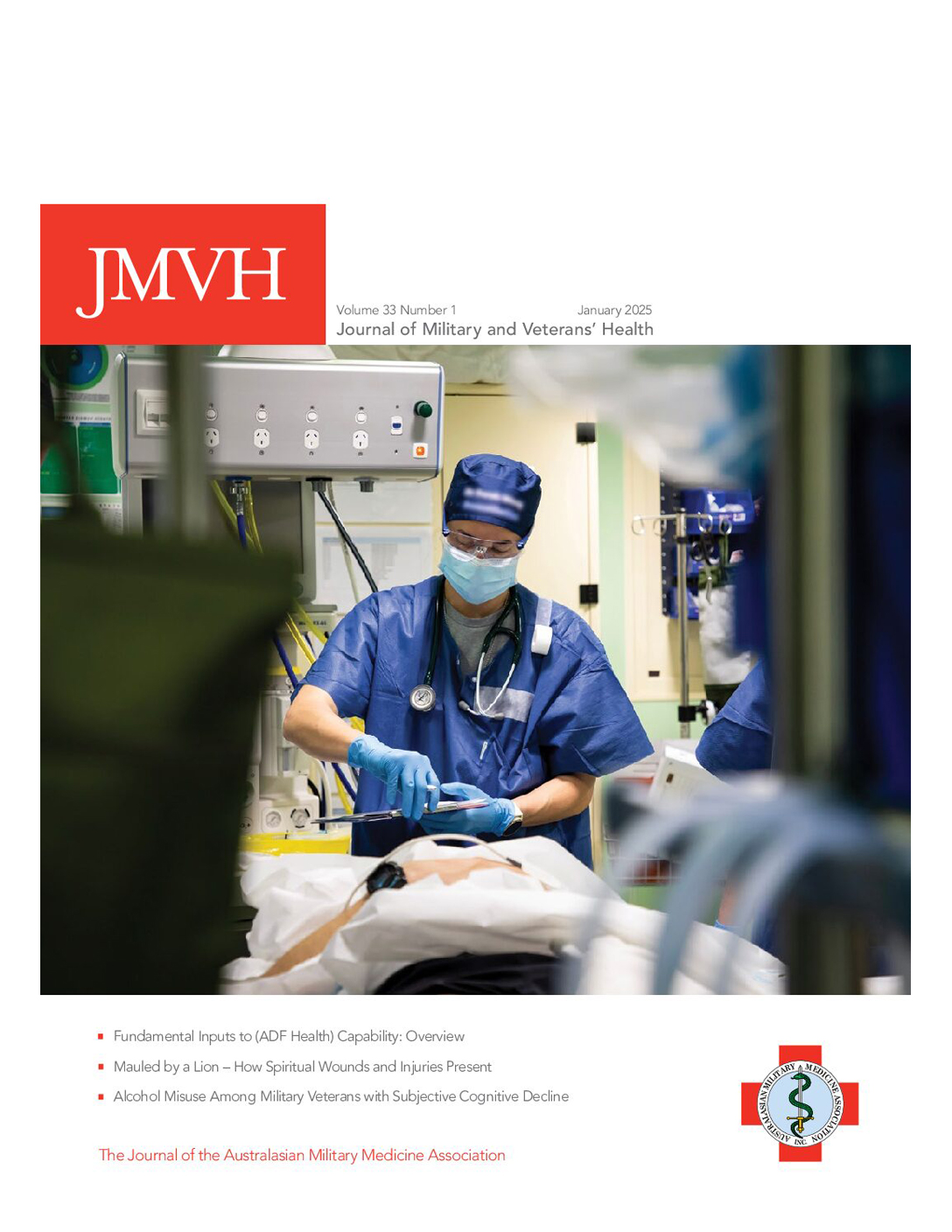Derek R. Smith*
*1st edition, xxi+170 pp, paperback with illustrations (available as Hardcover), ISBN 978-1921364129, Sydney, Darlington Press, 2010.
Journal publications and their citations have become the common currency of academia, which has led to the development of such measures as the h-index and the m-parameter.1 In the field of environmental and occupational health (EOH), this is also the case and the field is well endowed with a number of high quality journals. These journals have a history, not just in their genesis, but also in their evolution towards publications of acknowledged high standing. Today, this journal standing is increasingly coming under the microscope in the form of bibliometrics.2 Indeed, in recent years, there are whole books appearing devoted to this area.3 This First Edition of Creating Environmental and Occupational Health is a unique publication examining the development of EOH journals and for perhaps the first time focuses on how their impact is measured.
Creating Environmental and Occupational Health has a table of Contents, List of Tables, List of figures, a Foreword by Past President of the American College of Occupational and Environmental Medicine-Tee L. Guidotti, a Preface, Acknowledgments, a dedication, four Chapters, 18 Sections, References for the four chapters, three Appendices, an About the Author and a comprehensive Index. It also includes 62 Tables and 18 Figures. The handbook is compact and consistent in its presentation. The front cover has a basic but functional design. The back cover has a brief description of the purpose of the book, as well as an extract of a quotation glowing of the author from the Foreword of the book, together with the ISBN and barcode. Chapters include “Historical development of academic journals in environmental and occupational health”; “Historical development of the Archives of Environmental and Occupational Health”, “Highly cited articles in Environmental and Occupational Health”, and “A bibliometric analysis of the Archives of Environmental Health”. There are also three Appendices, namely “1. Some notable Editorial Board members associated with the international journals of Environmental and Occupational Health”, “2. Some notable editors associated with the Archives of Environmental and Occupational Health and its predecessor journals” and “3. Prior publications related to this book”.
Creating Environmental and Occupational Health is well researched. Chapter 1 examines the history of nine EOH journals. Clearly, the focus is on international named journals in this field, although clearly EOH literature is published in other journals, especially where there is a desire by the author to publish in higher impact journals or specialist journals, for example in toxicology, cancer research or infection control. It is interesting that the Australian based Journal of Health, Safety and Environment (formerly the Journal of Occupational Health and Safety: Australia and New Zealand) does not rate a mention in the index, although this journal has not achieved significant international exposure, such as through PubMed listing. There is a very interesting Table (Table 1.2, page 5), which lists some of the early books and other publications in EOH, and it is made all the more interesting by the fact that De morbis artificum diatribe by Bernardino Ramazzini does not head the list chronologically, but rather Concerning the poisonous, evil vapours by Ulrich Ellenbog. The remaining chapters (Ch. 2-4) focus on three major EOH journals, examining different key aspects, including their history, highly cited papers and their bibliometric analysis, respectively. There are numerous quotable remarks in this book. One personal favourite of relevance to all journal editors is:
“A watershed in journal performance occurs when its impact factor exceeds one, indicating that, on average, its articles are being cited more often than they are being published.” (Ch, 4; p. 94)
The book is extremely well referenced with about 40 pages of references for the four chapters.
The author, Professor Derek R. Smith, is a rapidly rising star in EOH. His biography states that he is “Professor of Environmental and Occupational Health, Deputy Director (Research) of the Central Coast Campus and Director of the WorkCover New South Wales Research Centre of Excellence; all at the University of Newcastle in New South Wales, Australia.” (p 163). He has published more than 200 journal papers. A Google.com search confirms on the first couple of pages that he is a recipient of numerous awards, including the Sidney Sax Medal endorsed by the Public Health Association of Australia (Queensland Branch); named a Distinguished Alumni by James Cook University; and an Award for Research Excellence, University of Newcastle. The National Library of Australia Cataloguing-in-Publication entry indicates that this has all been achieved before the age of 40.
Creating Environmental and Occupational Health is not meant to be a textbook of EOH. The book’s title suggests many things, but indeed it is examining one of the key instruments by which EOH is created, which is the journal literature. It examines the history and bibliometrics of several of the key journals in the field and it is essential reading for all academics and researchers in EOH, as well as other significant contributers to the literature in this field. It will also be of interest to those working in or wanting to gain a better understanding of bibliometrics, as it is a useful case study in this area, which has applications to most other fields in health and science.The book will also appeal to postgraduate research students in EOH, who want to rapidly gain an understanding of the major peer-reviewed journals in the field. Creating Environmental and Occupational Health is a first in EOH internationally and is sure to become a classic book in years to come, perhaps one to add to other historical classics in EOH as listed in Table 1.2 (p 5).






